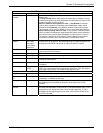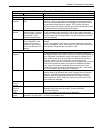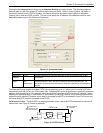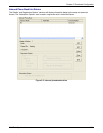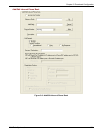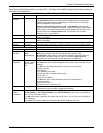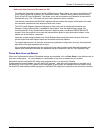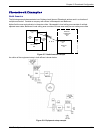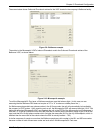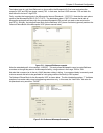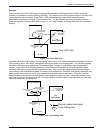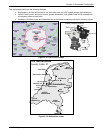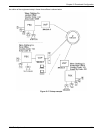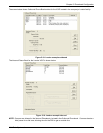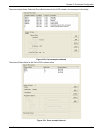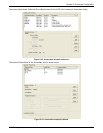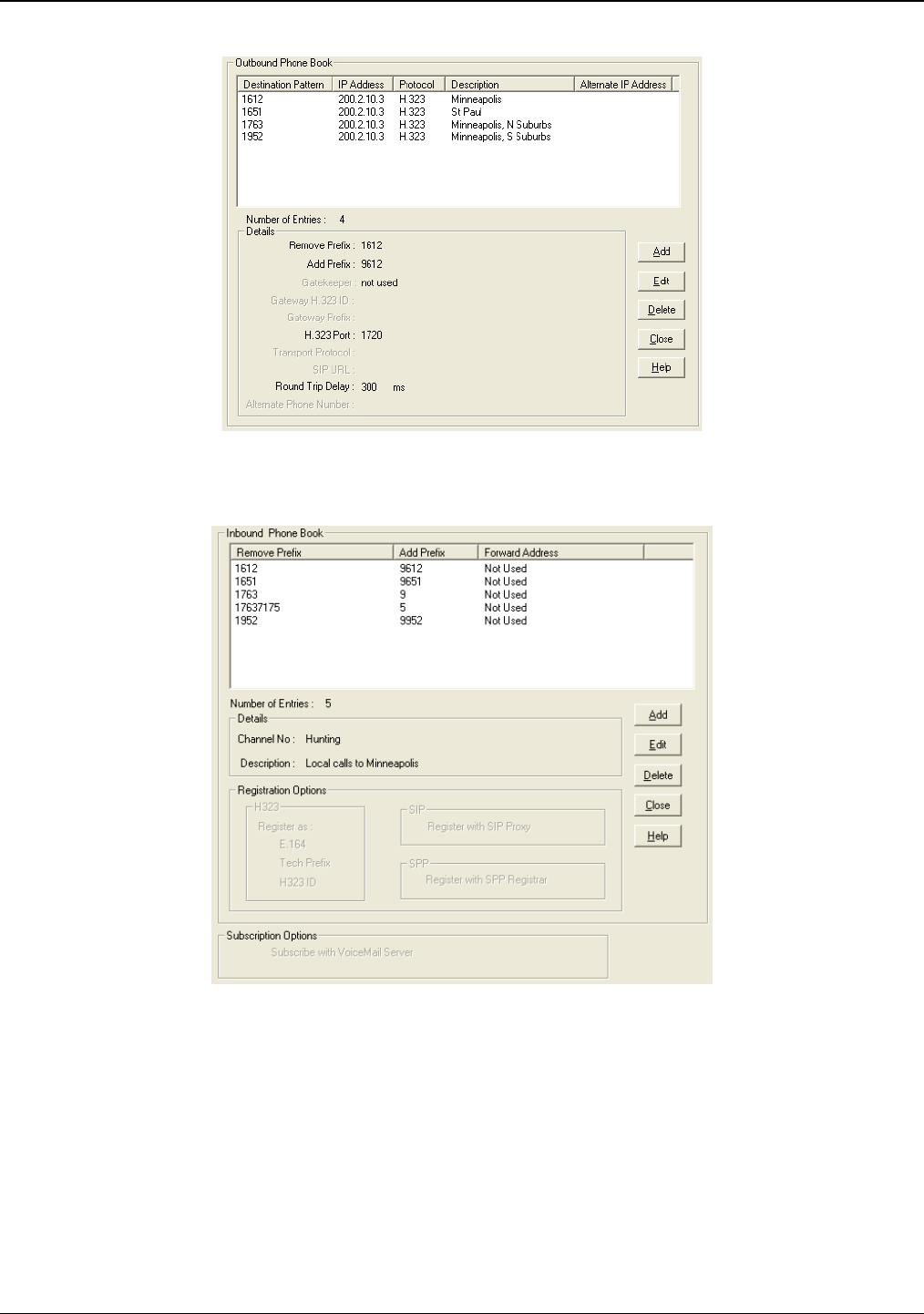
Chapter 5: Phonebook Configuration
Multi-Tech Systems, Inc. 91
The screen below shows Outbound Phonebook entries for the VOIP located in the company’s Baltimore facility.
Figure 5-9: Baltimore example
The entries in the Minneapolis VOIP’s Inbound Phonebook match the Outbound Phonebook entries of the
Baltimore VOIP, as shown below.
Figure 5-10: Minneapolis example
To call the Minneapolis/St. Paul area, a Baltimore employee must dial eleven digits. (In this case, we are
assuming that the Baltimore PBX does not require an “8” or “9” to seize an outside phone line.)
If a Baltimore employee dials any phone number in the 612 area code, the call will automatically be handled by
the company’s VOIP system. Upon receiving such a call, the Minneapolis VOIP will remove the digits “1612”. But
before the suburban-Minneapolis VOIP can complete the call to the PSTN of the Minneapolis local calling area, it
must dial “9” (to get an outside line from the PBX) and then a comma (which denotes a pause to get a PSTN dial
tone) and then the 10-digit phone number which includes the area code (612 for the city of Minneapolis; which is
different than the area code of the suburb where the PBX is actually located -- 763).
A similar sequence of events occurs when the Baltimore employee calls number in the 651 and 952 area codes
because number in both of these area codes are local calls in the Minneapolis/St. Paul area.



